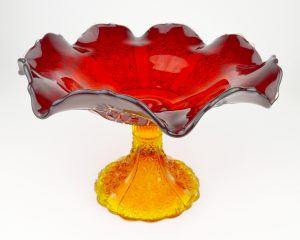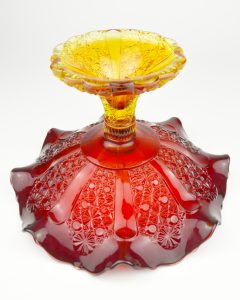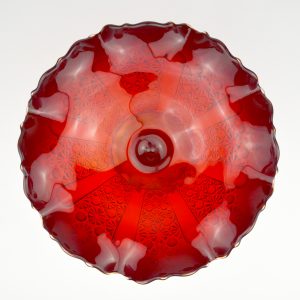Nippon China refers to fine porcelain and ceramics produced in Japan between 1891 and 1921, a period when export goods were marked “Nippon,” the Japanese word for Japan. These elegant pieces were created primarily for Western markets, showcasing exquisite craftsmanship, delicate hand-painted designs, and vibrant colors that reflected both Japanese artistry and Western tastes.

BUY IT NOW! Gorgeous colorful piece of Nippon porcelain. Hand-painted with gold gilding and white enamel. Manufacturer’s mark, “Made in Japan.” Approximate dimensions: CHOCOLATE POT with lid: 5 1/8″ (max diameter) x 9 1/2″ (total height); CUPS: 2 1/2″ (max diameter), 3 1/4″ (max diameter with handle) x 2 3/4″ (height); SAUCER: 5″ (max diameter). c. antique or vintage. Made in Japan.
During this era, Nippon China was produced by several renowned companies, including Noritake, Morimura Brothers, and others. The wares ranged from ornate vases and tea sets to intricate figurines and tableware. Common decorative styles included raised gold moriage, scenic landscapes, florals, and elaborate gilding, often highlighted by soft pastel glazes or deep cobalt blues.
After 1921, U.S. import regulations required goods from Japan to be marked “Japan” or “Made in Japan,” officially ending the “Nippon” mark era. Today, genuine Nippon-marked pieces are highly collectible, valued for their beauty, historical significance, and the exceptional skill of the artisans who created them.
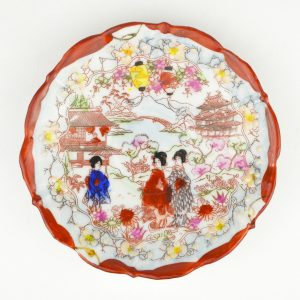
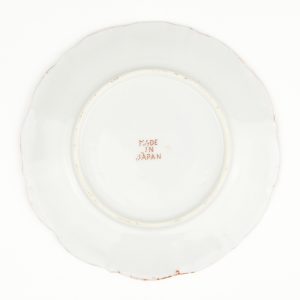
Collectors seek authentic markings and hand-painted quality when identifying true Nippon China, making each piece not just a functional item, but a cherished symbol of Japan’s cultural exchange and enduring artistic tradition.
Antique Chocolate Pots: Elegant Remnants of a Sweet Tradition
Antique chocolate pots are beautiful relics from a bygone era when drinking chocolate was a luxurious ritual rather than an everyday indulgence. Originating in Europe during the 17th century, these elegant vessels were designed specifically for preparing and serving hot chocolate—a fashionable beverage enjoyed by the wealthy.

Unlike teapots or coffee pots, chocolate pots were crafted with distinct features. Most notably, they often included a hinged or removable lid with a hole for a wooden or metal whisk, called a “molinillo” or “muddler,” used to froth the chocolate mixture before serving. Their graceful spouts and ornate handles were designed for both function and beauty, often reflecting the artistry of the silversmiths or porcelain makers who produced them.
Materials ranged from silver and pewter to fine porcelain, with famous manufacturers like Limoges, Meissen, and Royal Vienna creating stunning examples. Many were richly decorated with gilding, hand-painted florals, or romantic scenes, making them both utilitarian and decorative.
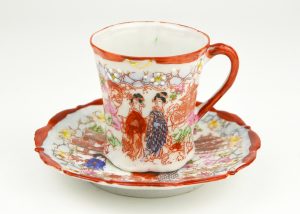
Today, antique chocolate pots are prized collectibles. They offer a glimpse into historical dining customs and the evolution of European craftsmanship, serving as elegant reminders of how something as simple as a cup of chocolate once symbolized refinement, comfort, and social prestige.
References:
